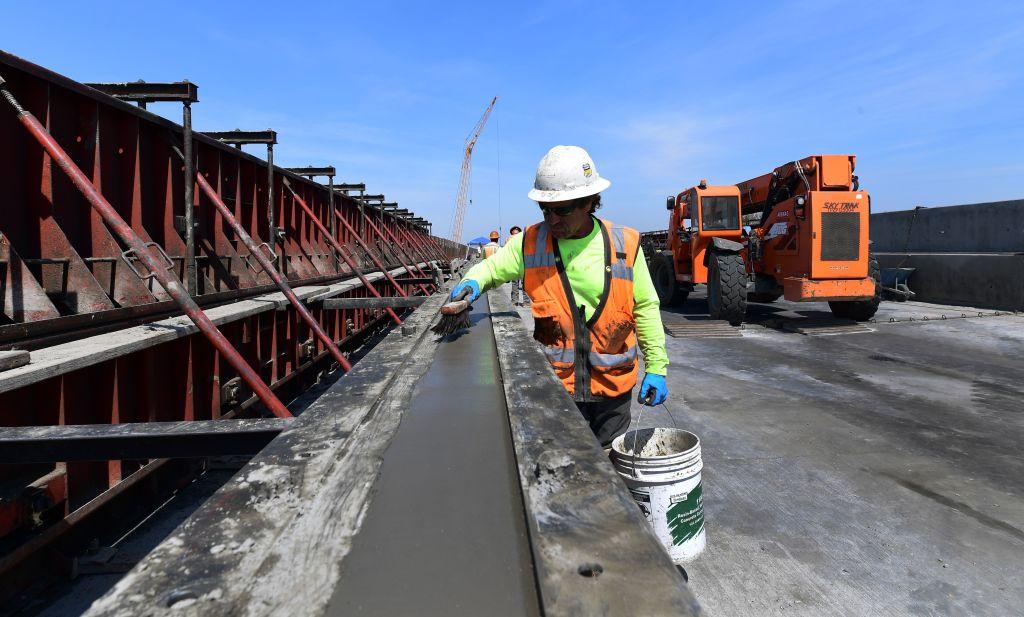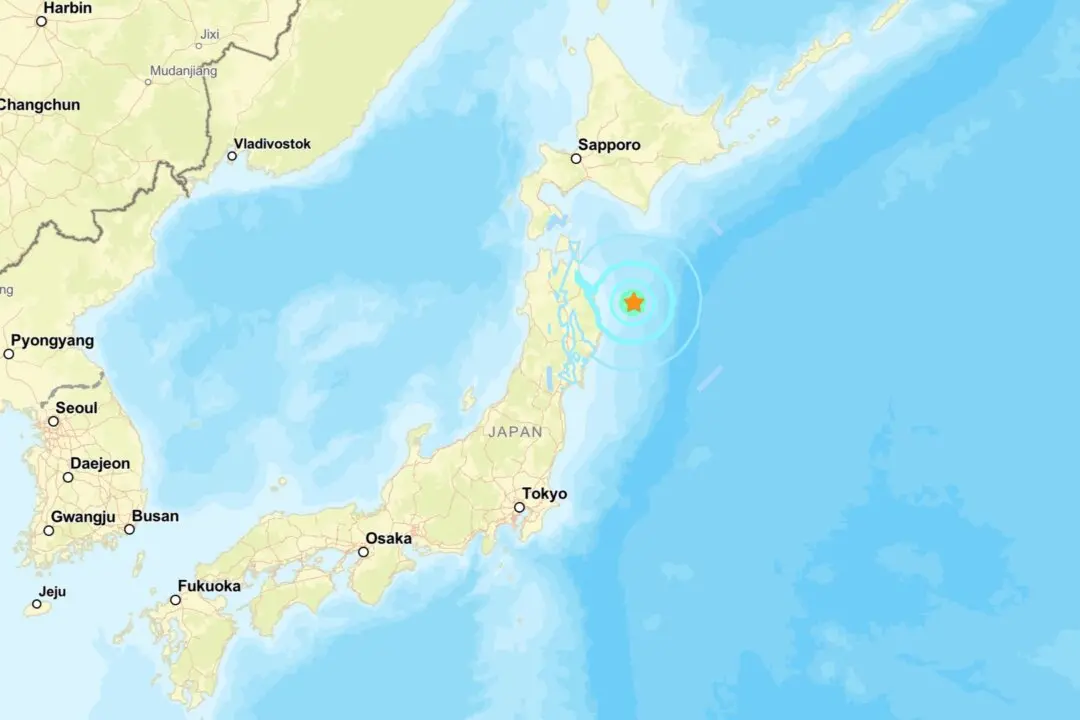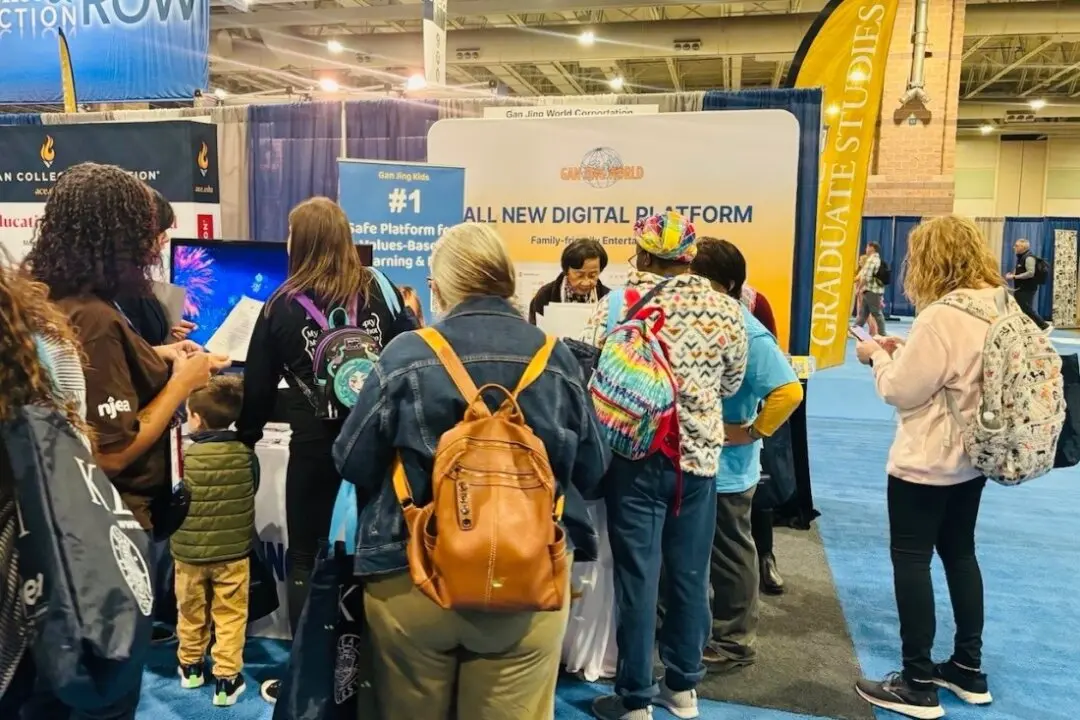California is closer to building a high-speed rail that would connect Los Angeles and San Francisco, with $6.1 billion in federal funds recently awarded for two rail projects in the state.
The California High-Speed Rail Authority will receive $3.1 billion for the initial segment connecting the two cities, where a 171-track connecting Merced, Fresno, and Bakersfield is underway. Another rail project received $3 billion towards the construction of a track connecting Rancho Cucamonga, about 42 miles east of Los Angeles, and Las Vegas.





